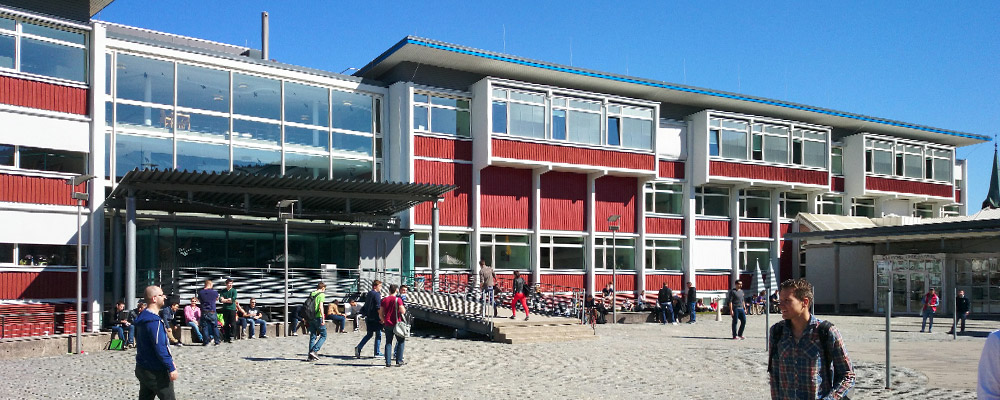Accueil » WP8: Development of AI to predict energy consumption using (...)

The research question that is in the foreground here is the investigation of production and consumption behavior and their optimization with the two technologies AI and NILM. A prototype is to be developed that predicts the energy consumption of individual devices that are relevant to overall consumption and uses this knowledge to optimally regulate the heat pump. The heat pump as a central consumer is particularly important here, as it can significantly influence your own consumption through optimized regulation. In particular, the combination of a PV system, heat pump and battery storage offer high potential for optimizing your own consumption. The work package will be carried out over the entire project period.
While previous simulation methods for forecasting self-consumption rely on very simplified data such as annual consumption or the installed peak power of the PV system, individual energy consumption is already taken into account when designing a PV system in combination with a heat pump with or without energy storage based on. In order to realize this in practice, a measuring system is installed over a certain period of time in order to record as much consumption data as possible. A research question here is the dimensioning of the measurement period. How long must consumption data be measured and analyzed in order to achieve a basic user profile for the design of the PV system and the energy storage system. A measurement period that is as short as possible is an advantage. Whether a generalized user profile can be derived from the measurement data needs to be further investigated. Another goal of the WP is to optimize the energy consumption of existing system combinations of PV and heat pumps. This takes advantage of the fact that the energy required by the heat pump is usually not needed immediately as heating systems are generally very slow. By optimizing the control of the heat pump, your own energy consumption can be improved. If an energy storage device is available, this can further increase your own consumption. In order to be able to carry out further optimization, a forecast of household consumption can help. In order to obtain the most accurate forecast possible, relevant consumers in the household are clustered so that, for example, when the washing machine is switched on, it is clear what additional consumption can be expected in the next few hours.
This WP is closely linked to all other WPs. In particular, the insights gained in WP6 can be used to create a model that takes country-specific circumstances into account. By linking to WP7 and WP8, the advantages of bidirectional charging of cars and buildings and heating models can be used to optimize self-consumption. Of the synchronized data sets that contain PV generation and energy consumption of households and heat pumps, WP6 to WP13 in particular can be used.
It is planned to develop and implement an algorithm on an embedded system for real-time optimization of self-consumption.

Hochscule Furtwangen
Robert-Gerwig-Platz 1,
78120 Furtwangen im Schwarzwald,
Germany
Copyright © 2024-2025 IRIMAS Institute | Université de Haute-Alsace